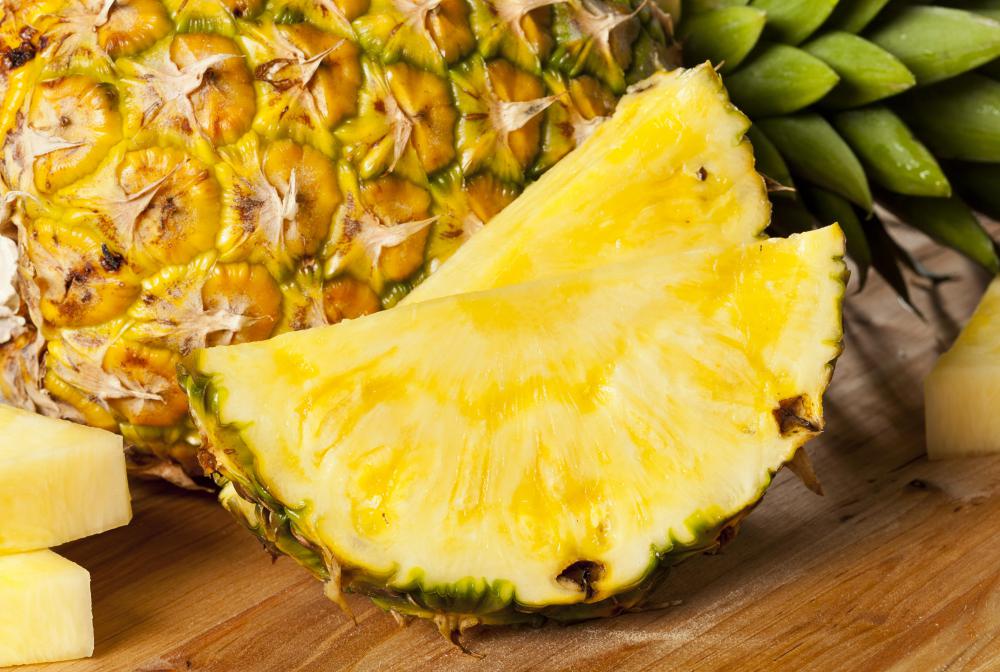What is Spanish Moss?
 Mary McMahon
Mary McMahon
Spanish moss is an epyphytic plant in the Bromeliad family, which also includes pineapples. Epyphytic plants live entirely above ground, relying on other plants and trees for support for their aerial roots, and while they are not usually parasitic, they can cause problems for the plants they grow on. Spanish moss is found in the American South, along with Central and Southern America, and in the South especially, it is a rather iconic plant.
Physically, Spanish moss closely resembles the lichen known as usnia. It has long, trailing stems which are greenish to gray in color, covered in fine hairs and small scales. The hairs and scales are able to absorb water, carbon dioxide, and nutrients from the air, fueling photosynthesis to support the Spanish moss as it grows. Occasionally, the plant puts out small yellow flowers.

This plant is formally known as Tillandsia useneoides, with the specific epithet referencing its appearance to usnia. It commonly grows on trees, giving it plenty of room to develop long trailing mats of stems and roots, and creating quite a distinctive sight. Many Southern novels include a scene under the Spanish moss, and the plant is also used to create a Gothic mood for a scene.

Although Spanish moss is not parasitic, it can still hurt the plants it grows on. If the mats grow especially well-developed, they can cut off the supply of light to the host tree, making it difficult for the tree to photosynthesize. Large mats of Spanish moss will also build wind resistance, making trees less likely to survive high winds. For this reason, some people remove Spanish moss from their ornamental trees, to ensure that they thrive.
Historically, Spanish moss has had a number of commercial uses. Many shipping companies in the South used Spanish moss as a packing material, since it is lightweight and insulating, making it ideal for packing fragile items. It is also used in dried flower arrangements, and as a mulching material for potted plants, to keep the soil moist. Many craft and garden stores sell bags or blocks of Spanish moss, for those who wish to use it in projects.
AS FEATURED ON:
AS FEATURED ON:












Discussion Comments
is Spanish Moss native to Louisiana Wetlands?
Post your comments